Address
304 North Cardinal
St. Dorchester Center, MA 02124
Work Hours
Monday to Friday: 7AM - 7PM
Weekend: 10AM - 5PM
Address
304 North Cardinal
St. Dorchester Center, MA 02124
Work Hours
Monday to Friday: 7AM - 7PM
Weekend: 10AM - 5PM
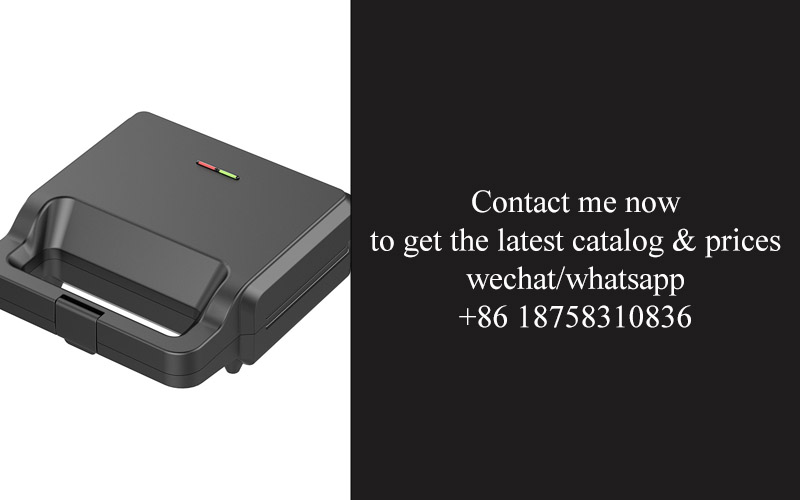
In a world where technology advances at a rapid pace, the sewing machine has remained a staple in both the professional and hobbyist realms. The USA has been at the forefront of sewing machine innovation, with manufacturers crafting a diverse array of machines that cater to every level of sewist. As we delve into the future, it’s fascinating to consider how sewing technology in the USA is poised to evolve, promising even more precision, convenience, and creativity for all who thread the needle.
In the heart of the United States, the sewing machine manufacturing industry thrives, a testament to the nation’s enduring commitment to craftsmanship and innovation. From bustling factories to cutting-edge research facilities, the U.S. landscape is dotted with companies that have woven their legacy into the fabric of American sewing history.
The machines produced by these companies are not just tools; they are extensions of the artisans who wield them. From the smallest hobbyist to the most accomplished couturier, the demand for high-quality, durable sewing machines remains robust. This demand has spurred a competitive market where manufacturers push the boundaries of technology and design.
One of the standout features of U.S. sewing machine manufacturers is their focus on innovation. They don’t just churn out machines; they develop new features that enhance the sewing experience. From computerized systems that simplify pattern adjustments to machines that can handle a variety of fabrics with precision, the U.S. market offers a wide array of technological advancements.
The history of sewing machines in the USA is rich with tales of groundbreaking inventions. It’s a journey that began with the first practical sewing machine patented by Elias Howe in 1846 and has since seen countless improvements and refinements. Today, the legacy of these early innovators continues to inspire the current generation of manufacturers.
When it comes to variety, U.S. sewing machine manufacturers leave no stone unturned. Whether you’re looking for a basic model for home use or a professional-grade machine for a bustling sewing studio, there’s something for everyone. These machines range from lightweight, portable models that are perfect for on-the-go projects to heavy-duty machines that can withstand the rigors of commercial use.
One of the hallmarks of American sewing machine manufacturers is their dedication to quality. They understand that a sewing machine is an investment, and they take pride in ensuring that their products are built to last. This commitment to quality is reflected in the attention to detail, from the sturdy metal frames to the precise stitching mechanisms.
The U.S. market is also characterized by a strong sense of community among sewing enthusiasts. Manufacturers often host workshops and events, fostering a culture where knowledge and skills are shared. This collaborative spirit not only enhances the user experience but also contributes to the growth of the industry as a whole.
Another important aspect of the U.S. sewing machine manufacturing scene is the emphasis on sustainability. Many manufacturers are adopting eco-friendly practices, from using recycled materials in their products to reducing their carbon footprint in production. This commitment to environmental responsibility resonates with consumers who are increasingly conscious of the impact of their purchases.
When it comes to pricing, U.S. sewing machines can vary widely, reflecting the range of features and capabilities they offer. While some high-end models might carry a premium price tag, there are also affordable options that cater to budget-conscious sewists. This diversity ensures that there’s a machine out there for every pocketbook.
For those who are passionate about supporting local industry, U.S.-made sewing machines are a clear choice. The pride of ownership is palpable, and the satisfaction of knowing that your machine was crafted within the United States cannot be overstated. It’s a vote of confidence in the skills and values that have made the USA a leader in sewing machine manufacturing.
In conclusion, the thriving landscape of sewing machine manufacturers in the USA is a beacon of innovation, quality, and community. Whether it’s through groundbreaking technology, a rich heritage, or a commitment to sustainability, these companies continue to shape the world of sewing with their passion and expertise.

In the heart of the United States, a vibrant community of sewing machine manufacturers thrives, offering a wide array of high-quality machines to cater to every skill level and need. Among these brands, a few have risen to the top, becoming household names in the sewing world. Here’s a closer look at some of the brands that dominate the market:
Singer: With a history that dates back to the 1850s, Singer is one of the most iconic names in sewing. Their machines range from simple, affordable models for beginners to advanced, feature-packed machines for professional sewists. The brand’s reputation for durability and reliability has made it a staple in many homes and sewing studios.
Brother: Known for their innovative technology and user-friendly designs, Brother sewing machines have gained a significant following. They offer a diverse range of machines, from compact models perfect for travel to heavy-duty machines ideal for industrial use. Brother’s commitment to quality and customer satisfaction has solidified their position as a market leader.
Janome: Janome has been manufacturing sewing machines since 1921, and their dedication to craftsmanship is evident in their products. The brand is particularly popular for their embroidery machines and sergers, which are celebrated for their precision and ease of use. Janome’s machines are favored by both hobbyists and professional seamstresses.
Husqvarna Viking: A Swedish brand with a rich heritage, Husqvarna Viking has been producing high-quality sewing machines for over a century. Their machines are known for their exceptional build quality, advanced features, and stunning designs. Husqvarna Viking machines are often found in professional studios and are highly sought after by enthusiasts.
Juki: Originating from Japan, Juki has made a name for itself in the USA with their industrial-grade sewing machines. However, they also offer a range of consumer models that are well-suited for home sewists. Juki’s reputation for precision and speed has made them a go-to brand for those who demand the best in their sewing experience.
Bernina: A Swiss brand that has been crafting sewing machines since 1893, Bernina is synonymous with excellence. Their machines are renowned for their precision, durability, and the highest level of craftsmanship. Bernina offers a wide range of models, from basic machines for beginners to advanced models with a plethora of features for experienced sewists.
Pfaff: Pfaff sewing machines are a testament to German engineering and quality. The brand has been producing sewing machines since 1846 and has a reputation for creating machines that are both powerful and user-friendly. Pfaff machines are often found in professional environments and are appreciated for their versatility.
Elna: Elna is a French brand that has been producing sewing machines since 1945. Their machines are known for their elegance and functionality. Elna offers a variety of models, including those designed specifically for embroidery and quilting. The brand’s commitment to innovation and customer satisfaction has made them a favorite among sewists.
Simplicity: A brand that has been around since 1914, Simplicity is known for its beginner-friendly machines. Their products are designed to be easy to use and are perfect for those just starting out in the world of sewing. Simplicity machines are a great entry point for anyone looking to explore their creative side.
Viking: While Husqvarna Viking is a separate brand, Viking also produces sewing machines that are highly respected in the industry. Viking machines are known for their advanced features and are often chosen by sewists who require a high level of functionality and precision.
These top brands have not only established themselves as leaders in the sewing machine market but have also contributed to the growth and evolution of the craft. Whether you’re a beginner looking for your first machine or a seasoned professional in need of an advanced tool, these brands offer a wide array of options to suit your needs and preferences.
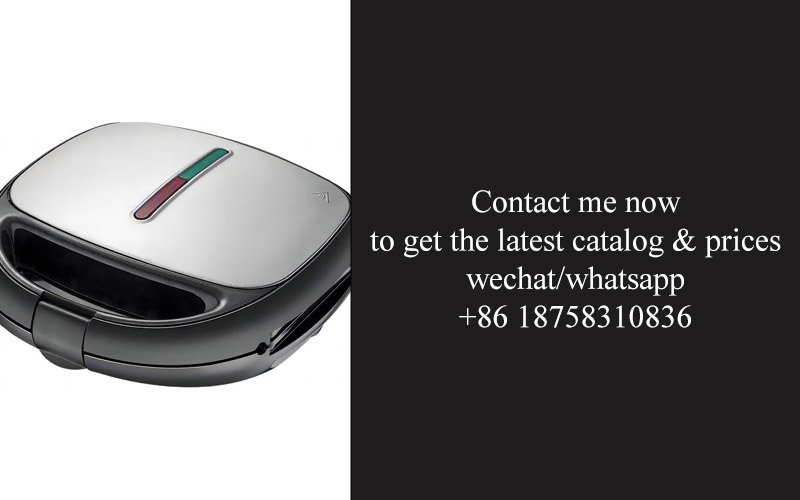
In the realm of sewing machine manufacturing, the United States has a reputation for pushing the boundaries of innovation and ensuring top-notch quality. Here’s a glimpse into what makes U.S. manufacturers stand out in these two critical aspects:
Advanced Technology IntegrationAmerican sewing machine manufacturers are known for their ability to incorporate cutting-edge technology into their products. From computerized systems that allow for intricate embroidery to advanced threading mechanisms that reduce frustration, these brands are at the forefront of technological advancements. This integration means that machines are not just about stitching; they’re also about enhancing the user experience and expanding creative possibilities.
Customization and FlexibilityU.S. sewing machine manufacturers often offer a wide range of models that cater to different skill levels and needs. Whether you’re a hobbyist looking for a basic machine or a professional tailor needing a heavy-duty industrial model, these brands provide options that can be customized to suit specific sewing requirements. This level of flexibility ensures that users have the right tool for the job, no matter how unique their sewing projects may be.
Durability and LongevityQuality is a hallmark of American sewing machines, and this is evident in their build and materials. These machines are often constructed with high-quality metals and plastics, ensuring they can withstand heavy use over time. The attention to detail in the engineering and construction of these machines means they are less likely to break down or require frequent repairs, making them a sound investment for both personal and commercial use.
Innovative Feeding SystemsOne area where U.S. manufacturers excel is in the feeding systems of their sewing machines. These systems are designed to handle a variety of fabrics with ease, from lightweight silks to heavy-duty denim. The feeding mechanisms are often adjustable, allowing for precision stitching on a wide range of materials. This innovation means that users can tackle a diverse array of projects without worrying about fabric bunching or skipped stitches.
Safety FeaturesSafety is a top priority for U.S. sewing machine manufacturers. Many of their models come equipped with features like automatic needle threaders, which reduce eye strain and the risk of needle injuries. Some machines even have built-in sensors that can detect thread breakage or tension issues, alerting the user to potential problems before they become major setbacks.
Eco-Friendly PracticesSustainability is increasingly important in manufacturing, and U.S. sewing machine brands are taking note. Many manufacturers are adopting eco-friendly practices in their production processes, from using recycled materials in the construction of their machines to reducing waste and energy consumption. This commitment to environmental responsibility reflects the broader values of the American sewing machine industry.
Customer Support and EducationAmerican sewing machine brands understand that a quality product is only as good as the support behind it. That’s why they often offer comprehensive customer support, including tutorials, workshops, and extensive user manuals. This focus on education helps sewists of all levels improve their skills and get the most out of their machines.
Continuous ImprovementThe sewing machine industry is always evolving, and U.S. manufacturers are at the forefront of this progression. They are constantly researching and developing new features and functionalities that will improve the sewing experience. This commitment to continuous improvement ensures that their products remain competitive and relevant in a rapidly changing market.
In summary, the innovations and quality that set U.S. sewing machine manufacturers apart come from a combination of technological advancements, attention to detail, durability, safety features, eco-friendly practices, and a dedication to customer support and education. It’s this holistic approach that has made American sewing machines a preferred choice for sewists around the world.
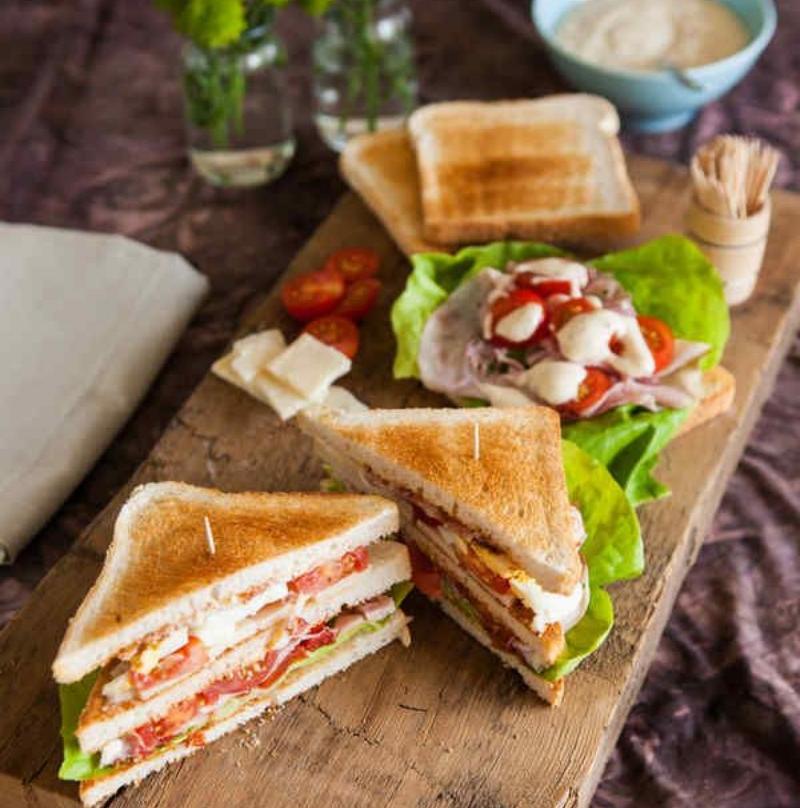
The story of American sewing machine making is a tale of ingenuity, innovation, and relentless pursuit of perfection. From the humble beginnings of the hand-powered needle to the high-tech machines of today, the journey has been marked by groundbreaking advancements that have shaped the sewing industry as we know it.
It all began in the early 19th century when the industrial revolution was sweeping across the globe. During this time, inventor Elias Howe introduced the first practical sewing machine, which he patented in 1846. Howe’s design was a game-changer, automating much of the tedious work that seamstresses had to perform by hand.
However, it wasn’t until the mid-1850s that the market saw the rise of the Sewing Machine Company of New England, later known as Singer Manufacturing Company. Isaac Merritt Singer, a charismatic inventor and showman, was instrumental in popularizing the sewing machine with his clever marketing tactics and affordable, reliable models. The Singer brand became synonymous with sewing machines, and its advertisements featuring “The Lady with the Sewing Machine” became iconic.
As the industry grew, so did the competition. In the late 1800s, another prominent player emerged: the Industrial Sewing Machine Company, which later became the National Sewing Machine Company, and eventually the Janome Corporation. Janome, with its range of domestic and industrial machines, brought new levels of sophistication to the market.
The early 20th century saw the advent of electric sewing machines, which were not only more efficient but also easier to use. Companies like Bernina, founded in Switzerland but with a significant presence in the U.S., introduced models that became the go-to for both home sewists and professional tailors.
Innovation continued to drive the American sewing machine industry. The 1920s and 1930s brought about the development of zigzag stitching and the ability to reverse stitch, which allowed for more intricate designs and easier hemming. Companies like Husqvarna Viking and Brother were at the forefront of these advancements, offering machines that were both versatile and user-friendly.
During World War II, the need for industrial sewing machines surged as the demand for military uniforms and equipment increased. This period also saw the rise of the sewing machine as a staple in the home, with brands like Juki and Pfaff catering to a growing consumer market.
The post-war era was marked by the rise of the home sewing machine market. Brands like Baby Lock and BROTHER (yes, that’s two “B”s in the name) entered the scene, offering a variety of models to suit different sewing needs. These brands understood the importance of innovation and quality, continuously introducing features like built-in threaders and adjustable stitch lengths to enhance the sewing experience.
As the years went by, technology continued to advance. The 1980s saw the introduction of computerized sewing machines, which offered precision and ease of use never before seen. Today, machines like the Bernina 7 Series and the Husqvarna Viking Emerald offer a wealth of features, including embroidery capabilities, that have made them must-haves for many sewists.
The history of American sewing machine making is a testament to the country’s commitment to excellence and innovation. From the early mechanical marvels to the high-tech, feature-rich machines of today, U.S. manufacturers have consistently pushed the boundaries of what’s possible. Whether it’s the precision of a Janome or the versatility of a Husqvarna Viking, the legacy of American sewing machine making continues to inspire and empower sewists around the world.
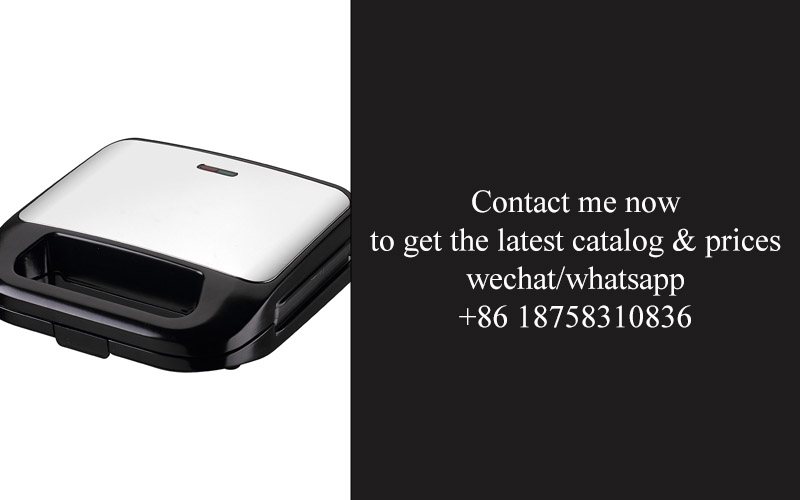
In the United States, the sewing machine market is rich with variety, catering to a wide array of enthusiasts and professionals. From the casual hobbyist to the seasoned tailor, the range of machines available reflects the diverse needs and aspirations of。
The realm of home sewing machines encompasses everything from simple, budget-friendly models to advanced, computerized systems. These machines are often designed with ease of use in mind, featuring intuitive interfaces and a range of built-in stitches that can handle everything from basic repairs to crafting projects. Brands like Singer, Brother, and Juki offer a wide selection that includes models with features like automatic threaders, adjustable tension, and even built-in free-motion capabilities for those looking to delve into embroidery and quilting.
For those who take their hobby a step further, high-end home sewing machines are a game-changer. These machines often come with more advanced features such as programmable needle positions, multiple presser feet, and advanced stitch functions. High-end models from Bernina, Viking, and Baby Lock are prized for their precision, durability, and the ability to tackle complex sewing projects with ease.
Moving into the professional realm, the demands are vastly different. Professional sewing machines are built to withstand the rigors of commercial use, with heavy-duty frames, reinforced motors, and robust threading systems. These machines are designed to handle a variety of fabrics and weights, from delicate silks to heavy-duty denim. High-end professional machines from brands like Janome, Pfaff, and Elna are known for their reliability and are a staple in many garment factories, upholstery shops, and custom clothing businesses.
Tailors and designers often look for machines that can handle a wide range of seams, hems, and decorative stitching with precision. The ability to sew on various types of zippers, buttons, and other hardware is crucial. Many professional machines come with a selection of specialty feet that cater to these needs, such as buttonhole feet, overedge feet, and blind hem feet.
In the world of industrial sewing, the range expands even further. Industrial machines are built for continuous, heavy-duty sewing, often found in large-scale manufacturing operations. These machines are designed for speed and efficiency, with features like built-in thread break detectors, automatic threaders, and programmable settings. Brands like Brother, Juki, and Yamata offer a variety of industrial sewing machines that are essential for manufacturing garments, tents, and other items that require high production volumes.
For those who specialize in embroidery, the market offers a range of machines that can create intricate designs with a variety of thread types and colors. These embroidery machines often come with large hoop sizes to accommodate larger projects and are capable of executing complex patterns with exceptional detail. Brands like Janome, Brother, and Husqvarna Viking are recognized for their embroidery capabilities, offering both domestic and industrial embroidery solutions.
The diversity within the sewing machine market in the USA also includes specialty machines designed for specific crafts. Quilters, for instance, will find a variety of long-arm quilting machines from brands like Baby Lock and Janome, which allow for the creation of large quilts with ease. Similarly, there are machines tailored for bag making, with features that simplify the process of handling multiple layers of material.
The range of machines available in the USA is not just about the variety of features and functions; it’s also about the quality and build. American sewing machine manufacturers are known for their attention to detail, commitment to craftsmanship, and the use of high-quality materials. This dedication to quality is reflected in the longevity of these machines, which often outlast their counterparts from other countries.
In summary, the diverse range of sewing machines available in the USA caters to every level of user, from the beginner to the professional. Whether you’re looking for a simple machine to mend a pair of jeans or an industrial machine to produce thousands of garments, the American market has you covered. The variety and quality of these machines make them a favorite among sewists and tailors alike, ensuring that every project can be approached with the right tool for the job.
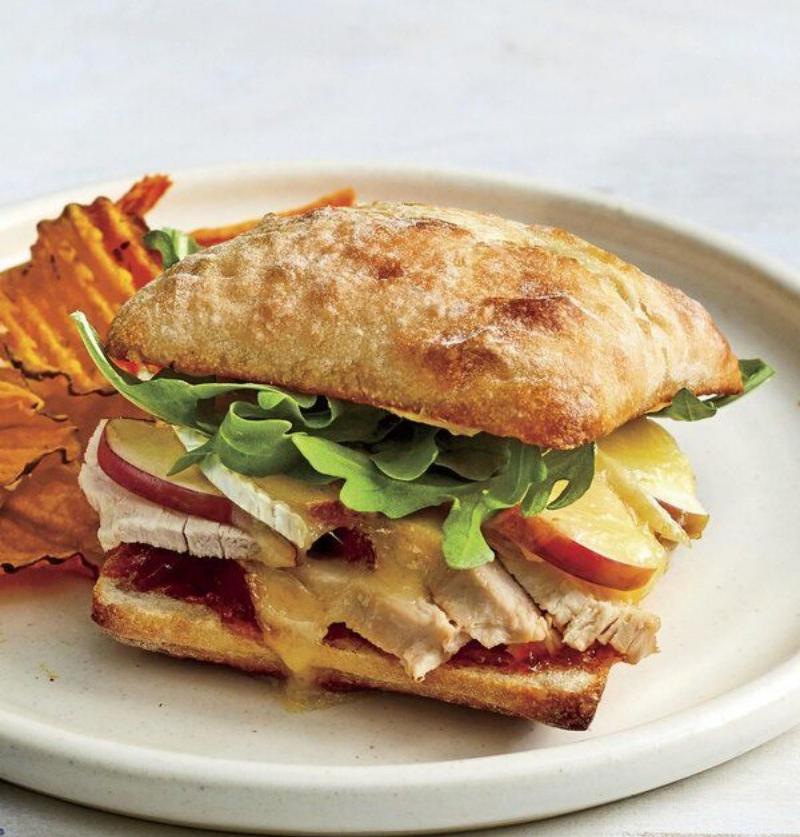
The U.S. sewing machine industry has a rich tapestry of history, with its roots deeply embedded in the nation’s industrial revolution. American sewing machines have long been synonymous with quality and innovation, and supporting local manufacturers is not just a matter of pride—it’s a vital part of maintaining the legacy of this craft. Here’s why U.S.-made sewing machines are more than just tools; they’re a cornerstone of community and industry.
American sewing machines have been a staple in households for centuries, from the simple mechanical devices of the early 19th century to the advanced, computerized models of today. These machines have been a part of countless memories, from creating family heirlooms to crafting custom garments. By choosing U.S. made sewing machines, consumers are not only investing in a high-quality product but also in the preservation of American craftsmanship.
The manufacturing process of U.S. sewing machines is a testament to the skill and dedication of American workers. From the precision engineering of mechanical parts to the intricate assembly, each machine is a product of hands that understand the nuances of their craft. This level of expertise is not easily replicated, and supporting domestic manufacturers ensures that this knowledge is passed down through generations.
Economic benefits are a significant factor in the importance of U.S. made sewing machines. When you purchase a domestically produced sewing machine, you’re contributing to the local economy. These dollars help sustain jobs, from the engineers and designers who create the machines to the assembly line workers who put them together. The ripple effect of this support extends to suppliers and service providers, creating a robust network of economic activity.
Innovation is another hallmark of American sewing machine manufacturers. The U.S. has been at the forefront of technological advancements in the sewing industry, leading to machines that are not just reliable but also versatile. From the invention of the zigzag stitch to the integration of computerized controls, American sewing machines have pushed the boundaries of what’s possible in fabric manipulation. By supporting these brands, you’re encouraging the pursuit of new technologies that can revolutionize the sewing experience.
Sustainability is a growing concern for many consumers, and U.S. made sewing machines often align with these values. Domestic production often involves fewer carbon footprints compared to overseas manufacturing, as the supply chain is shorter and more closely monitored. Additionally, American manufacturers are more likely to use recycled materials and have recycling programs in place, reducing the environmental impact of their products.
The sense of community that comes with supporting local industry is unparalleled. American sewing machine manufacturers often participate in community events, sponsor sewing contests, and offer educational resources. By buying U.S.-made machines, you’re not just purchasing a product; you’re becoming part of a community that values creativity, skill, and the art of sewing.
Lastly, the longevity and durability of U.S. made sewing machines are well-known. These machines are built to last, with components that are often easier to repair and maintain. This not only ensures that your investment remains functional for years but also reduces the need for frequent replacements, further minimizing waste.
In a world where globalism is prevalent, the choice to support U.S. made sewing machines is a bold statement. It’s about valuing tradition, embracing quality, and investing in the future. Whether you’re a hobbyist or a professional tailor, the importance of U.S. made sewing machines goes beyond the needle and thread—they are a symbol of American ingenuity and the power of local industry.
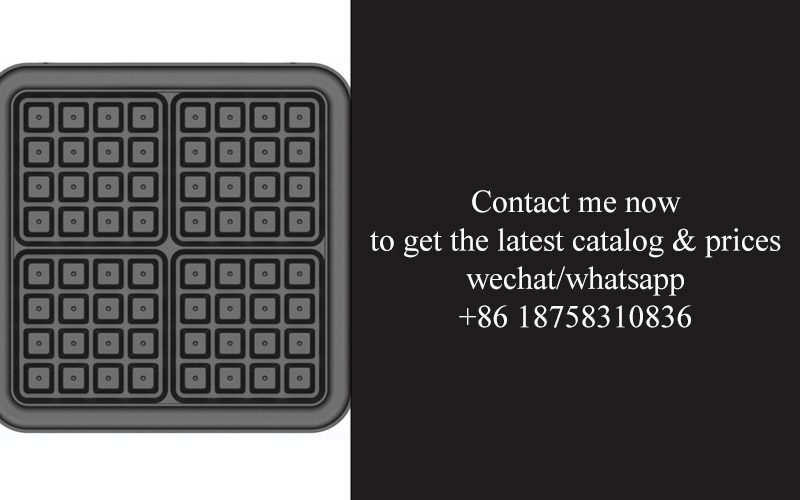
When shopping for a U.S.-made sewing machine, it’s essential to understand the features that will best suit your needs. Whether you’re a hobbyist, a keen sewer, or a professional tailor, the right machine can make all the difference. Here are some key factors to consider:
Stitch Types and FunctionsA wide range of stitch types is a hallmark of quality sewing machines. Look for models that offer a variety of stitches, from basic straight stitches to more complex embroidery patterns. Consider how often you’ll use these stitches and whether the machine can handle a mix of heavy-duty materials and delicate fabrics.
Automatic FeaturesModern sewing machines come with automatic features that can make sewing more accessible and efficient. Automatic buttonholes, needle threaders, and top-loading bobbins are just a few conveniences that can save you time and frustration. Think about which automatic features you might find most useful.
Thread Quality and ManagementThe quality of the thread used and how well the machine manages it can greatly affect the outcome of your sewing project. U.S.-made sewing machines often prioritize the use of high-quality threads and ensure they feed smoothly. Look for machines with features like automatic thread cutting and tension adjustments to maintain consistent and professional-looking seams.
Build and DurabilityU.S.-made sewing machines are known for their sturdy construction. When choosing a machine, inspect the metal frame for rigidity and the overall build quality. Machines with solid metal frames and heavy-duty components are likely to last longer and handle more intensive projects without malfunctioning.
Speed ControlWhile speed is important for many sewists, it’s not the only consideration. A sewing machine that allows you to control the stitching speed can be particularly helpful, especially when dealing with fine fabrics or precise patterns. Look for a machine with a variable speed control to tailor your sewing to the complexity of the project.
Compatibility with AccessoriesMany sewists invest in additional accessories to expand their machine’s capabilities. Consider whether the sewing machine you’re looking at is compatible with a range of feet, hoops, and other attachments. Having a variety of tools at your disposal can help you tackle different sewing tasks with ease.
Customer Service and WarrantyThe level of customer support and warranty provided by the manufacturer is a crucial factor in the long-term satisfaction with your purchase. U.S. manufacturers often offer comprehensive customer service and a robust warranty to ensure that you have assistance should any issues arise.
User Reviews and RecommendationsBefore making a final decision, read reviews from other sewists. Real-life experiences can provide valuable insights into the performance and reliability of a particular sewing machine. Look for common threads in reviews regarding ease of use, build quality, and customer service.
Budget ConsiderationsU.S.-made sewing machines can vary significantly in price, ranging from budget-friendly models to high-end professional equipment. Determine your budget upfront and look for a machine that offers the best value for the features and quality it provides.
Design and PortabilityThe design of the sewing machine should complement your workspace. Some machines are larger and more robust, perfect for professional use in a studio, while others are compact and portable, ideal for home use or for sewists who travel frequently. Consider the physical size and weight of the machine and how it will fit into your sewing space.
Advanced Features for Advanced ProjectsFor those who are involved in intricate or custom projects, advanced features such as built-in lace patterns, electronic foot control, or even computerized interfaces can be game-changers. These features can make complex projects more manageable and the final products more impressive.
Maintenance and CleaningFinally, think about the maintenance required to keep your sewing machine in top condition. U.S.-made sewing machines are often designed with easy maintenance in mind, with clear instructions and sometimes even self-threading systems. Ensure that the machine you choose aligns with your comfort level and ability to maintain it over time.
By carefully considering these factors, you can make an informed decision when purchasing a U.S. sewing machine that will meet your sewing needs and last for years to come.
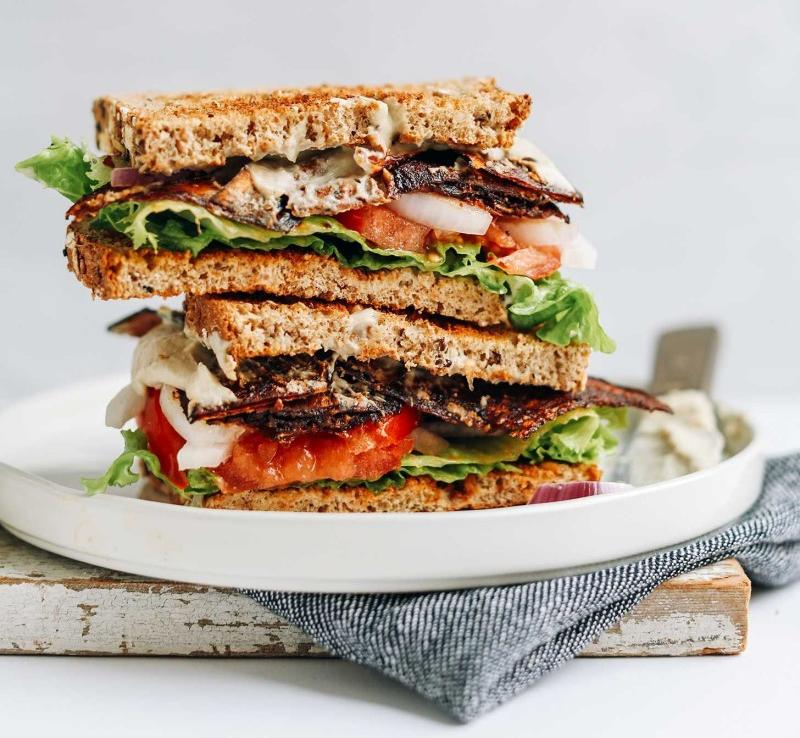
The sewing industry has long been a cornerstone of American manufacturing, and as technology evolves, so too does the landscape of sewing machines. Here’s a glimpse into the future of sewing technology in the USA:
Innovation has been a constant theme in the sewing machine world, and the US remains at the forefront of this trend. High-tech features such as computerized embroidery and smart sensors are becoming more common, offering sewists a level of precision and efficiency previously unimaginable.
With the rise of wearable technology, there’s a growing emphasis on creating sewing machines that can handle the complexities of modern materials. This means that future US-made sewing machines will likely be equipped to tackle everything from lightweight fabrics to sturdy denims, with the flexibility to adjust stitching patterns and tensions to suit a wide range of projects.
The integration of 3D printing technology into sewing machine design is another exciting prospect. While still in its early stages, this could potentially revolutionize the way we create garments by allowing for on-demand customization and the ability to print intricate patterns directly onto fabric.
Customization is not just limited to the fabric and design; it extends to the sewing machine itself. Manufacturers are exploring ways to personalize sewing machines with modular components, so users can choose the features that best suit their needs. This could include extra bobbins for thicker threads, specialized presser feet, or even interchangeable needle bars for different fabric types.
Energy efficiency is becoming a key concern for consumers and manufacturers alike. As sustainability becomes a more pressing issue, we can expect to see sewing machines that are designed with eco-friendly materials and energy-saving features. This might include solar-powered options or machines that enter sleep mode when not in use to reduce power consumption.
Sewing machines of the future will likely be smarter, thanks to advancements in AI and machine learning. Imagine a machine that learns from your sewing habits and suggests new projects or techniques based on your skill level. With this kind of AI integration, the machine could even predict maintenance needs and alert you when it’s time for a service.
The rise of remote assistance and online communities has already changed the support landscape for sewists. In the future, we could see sewing machines with built-in Wi-Fi that allow for remote diagnostics and support. This means that if you encounter an issue, you could receive expert help without even leaving your sewing space.
Virtual reality (VR) and augmented reality (AR) are poised to make a significant impact on sewing education and training. Imagine using VR to simulate a range of sewing scenarios, or AR to overlay instructional guides directly onto your fabric. These technologies could make learning new skills or mastering complex techniques more accessible to beginners and seasoned sewists alike.
Lastly, the future of sewing technology in the USA may also see an increase in collaboration between tech companies and fashion designers. As the industry continues to evolve, there’s a potential for a more integrated approach to design, pattern-making, and manufacturing, where sewing machines are not just tools but part of an interconnected design process.
In summary, the future of sewing technology in the USA is bright and full of possibilities. As the industry adapts to new challenges and consumer demands, we can expect to see sewing machines that are not just more advanced and efficient but also more personalized, sustainable, and integrated into the broader world of technology.